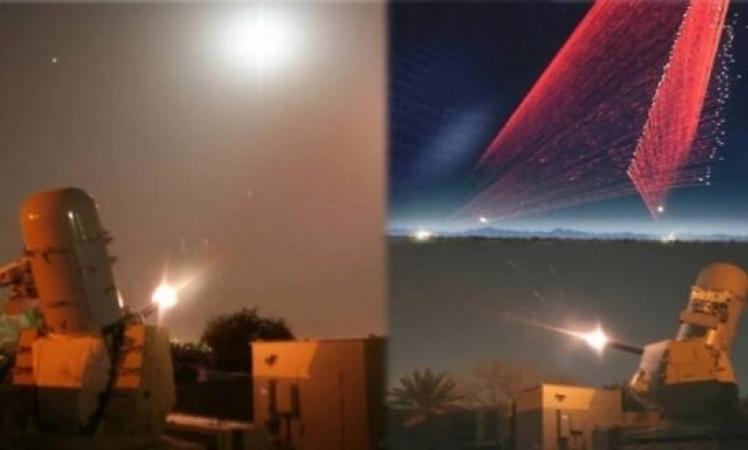In 2012, while listing the tremendous success of the Iron Dome short-range rocket defence system in defeating the rocket fire at Israel from the Gaza Strip, the US Secretary of Defence Leon Panetta had famously said that "Iron Dome does not start wars, it helps prevent wars". Nine years later, the United States used another innovative counter-rocket technology - this time though to defend its own forces at the Kabul airport in Afghanistan and exit safely after ending America's longest war.
In what were extremely busy and horrific last few days for its forces in Kabul before its withdrawal from Afghanistan today, the US military relied on the Counter Rocket, Artillery and Mortar System, or the C-RAM, to save itself from several rockets fired at them at the Kabul airport.
According to the US Army, the C-RAM system, known to its Navy as the Phalanx, is "system of systems" which detects, warns and intercepts incoming rocket, artillery and mortar rounds at forward operating bases and significant targets in Iraq and Afghanistan.
Using multiple layers of detection, the system can identify incoming enemy munitions in the space protected by the C-RAM, with a human operator certifying the target.
"The system then lets out a loud alarm and voice of 'incoming, incoming, incoming' to allow Soldiers the seconds they need to take cover. The C-RAM then shoots hundreds of 20 mm rounds from its six-barrel gun at the incoming munition, detonating it in the air. The rounds themselves will also explode at a certain altitude so as to reduce injuries on the ground," wrote Caitlin Kenney in 2012 on how the new technology had transformed defence tactics.
The Military Analysis Network (MAN) of the Federation of the American Scientists lists seven C-RAM functions: Sense, warn, respond, intercept, command and control, shape and protect. Using this system-of-systems approach, C-RAM completed development, integration, and testing in April 2005.
Shooting down rockets aimed at the Kabul airport, the US military is also working on increasing its air and missile defence capabilities since the last few years.
In 2018, Lt. Gen. Jim Dickinson, Commander of the US Joint Functional Component Command for Integrated Missile Defence, had spoken of enhancing the country's layered air and missile defence capability, to counter the "rapidly evolving" threat from China, Russia, North Korea and Iran.
"A new air and missile defence command and control system, known as the Integrated Air and Missile Defence Battle Command System, will enhance aircraft and missile tracking capabilities by making the C2 mission command system more flexible and agile," Dickinson had said during a forum on the US Army's air and missile defence capabilities.
Also Read | US completes complete withdrawal of forces from Afghanistan after 20 years of war
According to the US Army General, the US is doing a lot of developmental work in the fields of electronic warfare and directed energy technologies. It included development of a mobile, ground-based weapons system for indirect fire protection capability which will defeat cruise missiles and unmanned aerial systems and was scheduled for fielding in the FY20 to 21 timeframe.
"A counter rocket, artillery and mortar system will be fielded in the FY20 to 23 timeframe with full C-RAM capability by 2030," he had said.


















